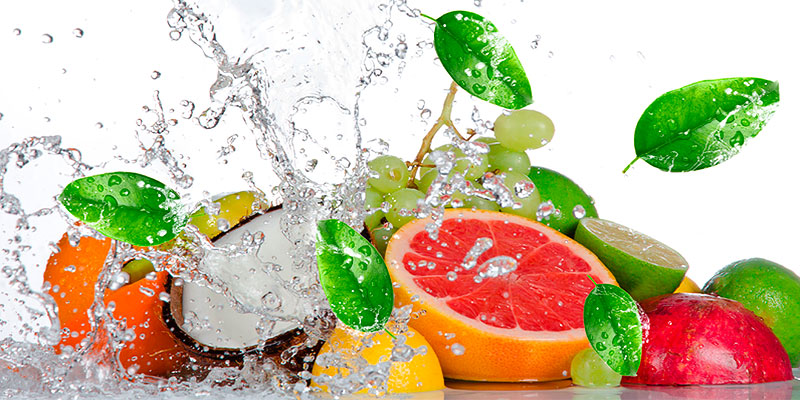
Have you been washing your fruits and vegetables with just water, mama? You may be missing some residual product like pesticides and wax! We share a few ways to better clean your produce.
Since most products are imported in Singapore, I think it’s good practice to wash or (at the very least) rinse our fruits, veggies and grains to remove any residual pesticides, preservatives, wax and other products that might remain on the surface – and end up in our bellies!
What methods can you use to wash produce?
There are lots of vegetable cleaning formulas on the market like ETL No.9 or you can make your own using baking soda or vinegar!
In our video tutorial below we wash cherry tomatoes and show you the yellow residue left in the bowl. Yuck! If you wash broccoli with water you’ll see how it seems to glide over the broccoli florets because of the wax coating. But once washed with ETL No. 9, the water can penetrate and clean the florets properly. With grapes the terrible smell of the residual water after washing with ETL No.9 is really noticeable as grapes are usually treated with sulfur dioxide to preserve them.
So what can you use if you don’t have a vegetable cleaning formula?
New research has revealed that baking soda removes up to 96% of pesticides from fruit and vegetables. A new report in the Journal of Agricultural and Food Chemistry found washing fruit with baking soda was the most effective way to clean pesticides.
Another option is rinsing or soaking vegetables with diluted white vinegar – one part vinegar to three parts water – which is more effective than using tap water. Researchers have discovered that thoroughly rinsing or soaking vegetables in diluted vinegar kills about 98% of bacteria. Using tap water and scrubbing with a brush eliminates only about 85% of bacteria.
If you’d like to follow what I did and try ETL No.9, you’ll be happy to know it is SGS certified and made with food grade natural ingredients. It’s proven to eliminate over 99.9% of E.Coli, Candida Albicans, Pseudomonas Aeruginosa and Staphylococcus Aureus bacteria!
Make sure you watch our quick tutorial above on how to wash your fruits and veggies using the 3 different methods!
